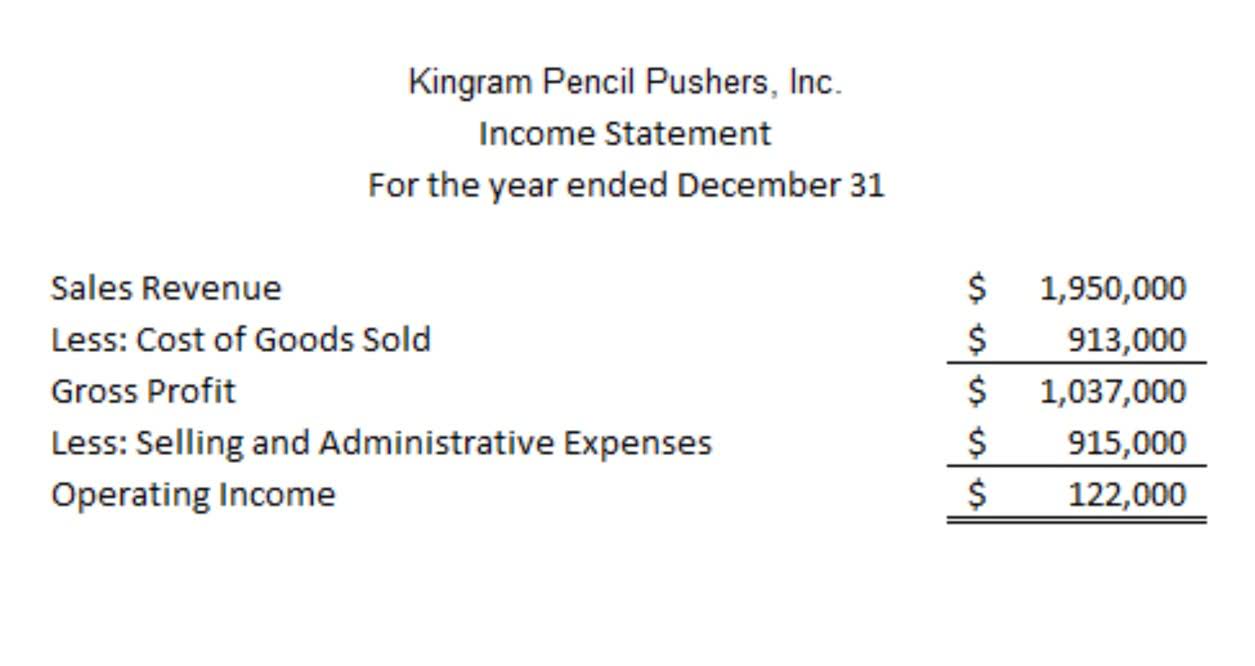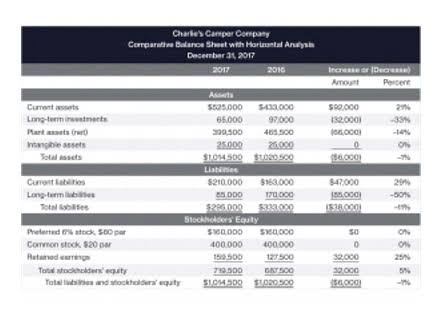
With accrual accounting, the log date is the date the service is provided, received, or earned. When an owner puts money into a business (as this owner did in the first transaction), we increase their equity in the business. When an owner takes money out of the business we decrease their equity. Because we want to keep track of withdrawals separately for business and tax purposes, we use a separate account called Owner’s Withdrawals or Owner’s Draw or Dividends.
Shareholders’ Equity
- External transactions involve the business and a third party such as a supplier, they are easier to analyse as there will always be source documents evidencing the transaction.
- They looked into the issue by pulling out the statements from before the period under scrutiny and checking bank transactions.
- A company can recognize an accrued expense (such as a salary) as incurred or wait until payment.
- As a second example of accounting transaction analysis, suppose a business is started with a capital injection of 30,000 cash by the owner.
- My expertise is rooted in my CPA, and CGMA credentials, and an educational background that includes an MBA and an MS in Strategic Management.
- By adhering to the accounting equation, the balance sheet ensures that the total value of assets always equals the sum of liabilities and equity, maintaining the integrity of the financial data.
- The accurate analysis and initial recording of transactions directly feed into subsequent stages of this cycle, leading to the preparation of essential financial statements.
Assets encompass everything a company owns that has value, such as cash, inventory, property, what is transaction analysis in accounting and equipment. These resources are expected to provide future economic benefits and are crucial for the day-to-day operations of the business. By categorizing assets, companies can better understand their resource allocation and potential for growth.

Analyzing Transactions in Accounting
The financial reports will only make sense if the accounts have been analyzed correctly and the accounting equation remains balanced. This is the fundamental building block of accounting and you must learn and apply transaction analysis before continuing further. Internal transactions are financial activities that happen within a company without involving any external party. Examples include recording depreciation, inventory adjustments, or transferring assets between departments.

Account Analysis in Accounting
- Accruing tax liabilities in accounting involves recognizing and recording taxes that a company owes but has not yet paid.
- If a target company’s metrics fall below the median of comparable deals, buyers can argue for lower multiples or emphasize risks like declining market share or inefficiencies.
- Revenues and expenses are accounted for and reported on the income statement, resulting in the determination of net income at the bottom of the statement.
- Transactional accounting also involves recording and processing transactions when they occur.
- Each transaction affects at least two accounts, one of which is debited, and the other is credited.
- Economic conditions influence how these multiples are interpreted.
It is essential to identify the type of transaction to determine the accounts affected and the debit and credit amounts. Credit transactions happen when goods or services are exchanged, but payment is deferred to a future date. This is common in business-to-business dealings, where customers are allowed to purchase on credit and settle the bill later.

Note that this example has only one debit account and one credit account, which is considered a simple entry. A compound entry is when there is more than one account listed under the debit and/or credit column of a journal entry (as seen in the following). Every economic transaction your business makes must be classified into its proper categories, which include assets, liabilities and net worth. As you can see, regardless of the transaction, the accounting equation must stay balanced.
- In actual practice, the journal entries would be posted to four-column accounts in the general ledger.
- This ensures no differences exist and that the general ledger contains indifferent information or reports.
- Tax accountants overseeing returns in the United States rely on guidance from the Internal Revenue Service.
- These resources are expected to provide future economic benefits and are crucial for the day-to-day operations of the business.
- Additionally, per the publisher’s request, their name has been removed in some passages.
- By following the five steps of transaction analysis, businesses can correctly identify accounts, determine their type, assess changes, and apply debits and credits accordingly.
Step 7: Generating Financial Statements
- International public companies also frequently report financial statements in accordance with International Financial Reporting Standards (IFRS).
- A source document is a document that provides basic information needed to record a transaction in the journal.
- Bullish markets often inflate multiples due to investor optimism, while bearish conditions tend to produce more conservative valuations.
- These transactions, whether large or small, are like pieces of a puzzle.
- For instance, purchasing new equipment with cash decreases the cash asset while increasing the equipment asset, keeping the overall balance intact.
Always double-check receipts and invoices to ensure you have the correct transaction amount to enter on each account. unearned revenue Otherwise, your entries may be correct, but your bank statement won’t match your financial reports. The fifth step is to determine the debit and credit amounts for each account.

Is the balance on each account going to increase or decrease as a result of the transaction?
After a transaction is identified, a record of it needs to be created. The journal functions as a running record of https://fascinobd.com/fifo-vs-lifo-definitions-examples-differences/ a business’s financial transactions. It states the date of each transaction, how much money was involved, and the accounts affected. This guide breaks down the accounting process into easy-to-follow steps that are repeatable every time a new accounting period begins. The accounting cycle is compatible with technology and can be implemented by companies using accrual or cash accounting and double or single-entry accounting.
